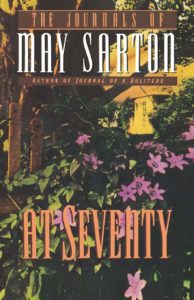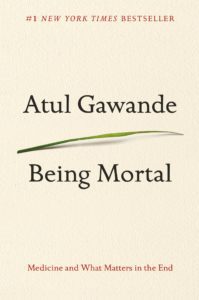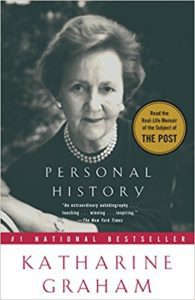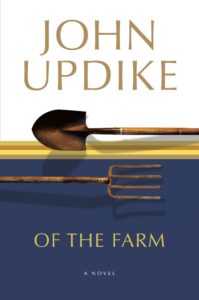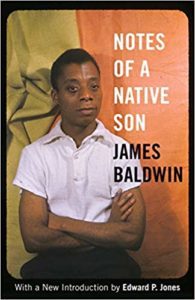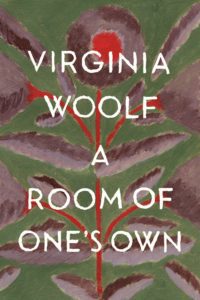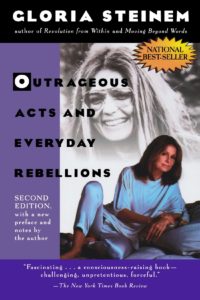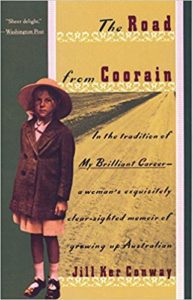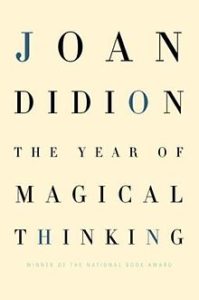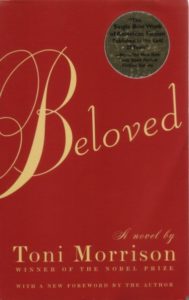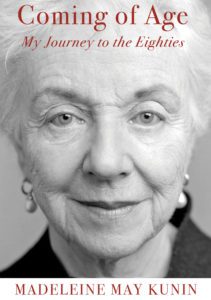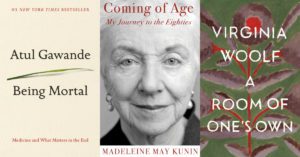
These books reflect the books I read at different stages of my life. I belonged to a book group most of that time. In my twenties and thirties, when my four children were young, the book group fulfilled an important vacuum in my life: adult company and conversation. Mrs. Cummings, the elderly owner of the Everyday Book shop, was our leader in the 60s and 70s, way before book groups were common. We had one rule—not to talk about recipes or diapers. We stuck to it and had lively conversations that kept our brains humming and our friendships strong.
***
At Seventy: A Journal by May Sarton
This is one of the first books I encountered which had an interior and exterior style. She focused on details that she saw and wrote about her feelings. In a subconscious way, I was strongly influenced by her writing, although I read the book at least twenty years ago.
Being Mortal: Medicine and What Matters in the End by Atul Gwande
I read this book two years ago and was intrigued by the premise that at the end of life it is less important to prolong life at any cost than to live well, without submitting to heroic measures. I initiated a series of lectures on death and dying at the retirement community where I live. It sparked lively conversation. The consensus was we should talk about death and dying more often. The subject in examined in my own book, Coming of Age.
Personal History by Katherine Graham
I got to know Katherine Graham when I was Deputy Secretary of Education in Washington in the 90s. In fact, she recommended my Knopf editor to me when I was writing my first memoir, Living a Political Life. She told her story in an honest and straightforward way, including some painful parts. She won my admiration—and she won a Pulitzer Prize.
Of the Farm by John Updike
This short novel was the first Updike book I read. He wrote about his teenage years growing up on the farm in Pennsylvania, and the influence his mother and father had on his life. I learned that personal family history can be interesting. The themes that were evident in this early book can be detected in his subsequent novels, including the Rabbit books.
Notes of a Native Son by James Baldwin
Baldwin was the first African-American writer who introduced me to the raw African-American experience. He opened my eyes to what he felt as a black man in a white country. His writing was powerful and convincing. When I was in my forties, I was walking down 5th Avenue in New York City and passed Scribner’s book store. I spotted James Baldwin standing in the aisle. I went inside as he was signing books. I can still see his enormous eyes. I was smitten.
A Room of One’s Own by Virginia Woolf
Virginia Woolf’s book speaks to me clearly. She says exactly what I think, and what I wish I could say. The challenge of the female writer to produce literature without a room of her own is described to perfection. It was how I felt, when I had four young children and tried to become a writer. But she went further than talking about becoming writer; her book is about being a whole, independent person as well as a mother and wife. I eventually had “a room of my own” as a politician, and today, as a writer.
Outrageous Acts and Everyday Rebellions by Gloria Steinem
My path crossed with Gloria’s as well. When I campaigned for my first term as Governor, Gloria came to Vermont to be the featured speaker at my campaign fundraiser. “Ladies, open your wallets,” she said. And they did. All of her books gave me courage to be an outspoken feminist. I have written and spoken about gender equality most of my life. It has been my consistent passion, and that is why I included my speech at the Women’s March in Vermont in my new book.
The Road from Coorain by Jill Ker Conway
I heard both Conway and Carolyn Heilbrun (Writing a Woman’s Life) give a lecture before I wrote my first book, Living a Political life. The two women believed that successful women should tell their stories. Men have done that in their autobiographies and memoirs, but women have been reluctant. They don’t describe either their ambition or the struggle that precedes success. I told myself, that I would do exactly that with my first book, and once again with Coming of Age, but of course from a different perspective.
The Year of Magical Thinking by Joan Didion
A beautiful writer who I wish I could emulate. I learned from her how to write about emotion in a clear way, without getting submerged in grief. She is concise and piercing simultaneously. The effect is deeply personal.
Beloved by Toni Morrison
I discovered magical realism from Toni Morrison, and from Gabriel García Márquez (One Hundred Years of Solitude). The use of magic gives Morrison’s stories intense power—an almost superhuman emotion grabs the reader. The pain and danger that comes with being black screeches off the page in Beloved.
And to close out this wonderful list, we just had to include Governor Kunin’s new memoir, Coming of Age: My Journey to the Eighties, out now from Green Writers Press! – Ed.
Coming of Age: My Journey to the Eighties by Madeleine May Kunin
Life expectancy, for many, is increasing, yet people rarely contemplate the emotional changes that come alongside the physical changes of aging. Madeleine Kunin, the former three-term governor of Vermont, who served as the deputy secretary of education and ambassador to Switzerland under President Bill Clinton, wants to change that. Coming of Age: My Journey to the Eighties takes a close and incisive look at what it is like to grow old. The book is a memoir, yet most important of all, it is an honest and positive look at aging and how it has affected her life.

